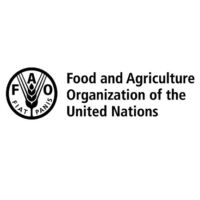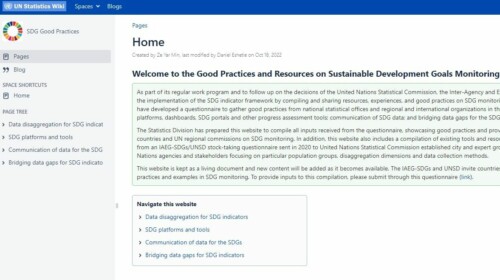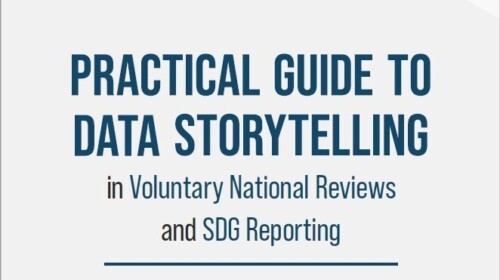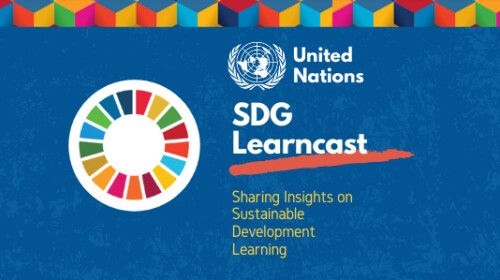Samples used in most surveys are either not large enough to guarantee reliable direct estimates for all relevant sub-populations, or do not cover all possible disaggregation domains. After having described a holistic strategy for producing disaggregated estimates of Sustainable Development Goal (SDG) indicators, this paper published in the Statistical Journal of the IAOS discusses alternative sampling and estimation methods that can be applied when sample surveys are the primary data source.
In particular, the paper focuses on strategies that can be implemented at different stages of the statistical production process. At the design stage, the paper describes a series of sampling approaches that ensure a “sufficient” sampling size for each disaggregation domain. In this context, the article highlights the main limitations of traditional sampling approaches and shows how ad-hoc techniques could overcome some of their key constraints. At the analysis stage, it discusses an indirect model-assisted estimation approach to integrate data from independent surveys and censuses, eliminating costs deriving from redesigning data collection instruments, and ensuring a greater accuracy of the final disaggregated estimates. A case study applying the abovementioned method on the production of disaggregated estimates of SDG Indicator 2.1.2 (Prevalence of Moderate and Severe Food Insecurity) is then presented along with its main results.








